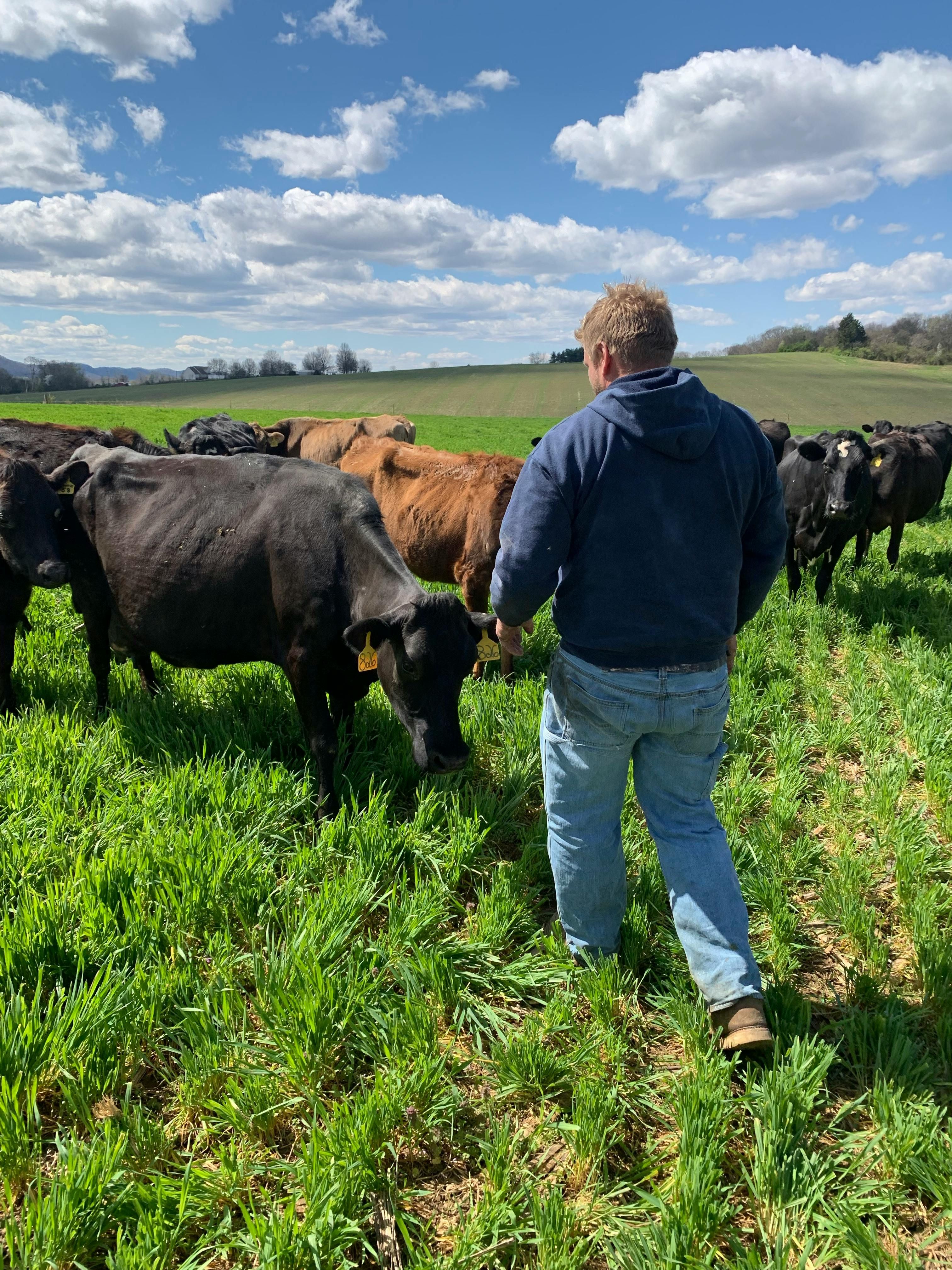A Chicken Flu Surprise in the Dairy Aisle
Escalating Avian Flu Crisis Paints Grim Picture
Food and Drug Administration officials have announced that lab tests have discovered strains of the H5N1 avian influenza virus in store-bought pasteurized milk samples. Despite the findings, the agency assures consumers that the commercial milk supply remains safe. However, this revelation suggests a broader spread of the virus across dairy farms than previously thought.
In an effort to confirm the findings, the FDA plans to conduct additional, more precise tests. Nevertheless, health officials still believe that there's limited risk for humans contracting H5N1 from commercial milk.
According to the FDA's statement, the commercial milk supply stays safe due to two key reasons: the pasteurization process and the diversion of milk from sick cows. As of this week, the virus has been detected in at least 30 farms across eight states since March 2024.
Researchers identified the virus in pasteurized milk using highly sensitive quantitative polymerase chain reaction (qPCR) testing. While such tests can detect genetic material of the target germ, they cannot confirm the presence of live, infectious virus.
The possible initial spillover event from birds to cows might have occurred as early as December 2023, according to genetic evidence revealed to the science community. Moreover, the discovery of H5N1 in store-bought milk hints at a wider range of outbreaks than currently acknowledged.
Eric Topol, founder of the Scripps Research Translational Institute, explained on CNN that the virus's dissemination to cows is."far greater than we have been led to believe."
The primary concern regarding avian influenza strains, like H5N1, is their potential to adapt and become more transmissible between humans while causing severe illness. The longer the virus persists in cows, the higher the likelihood that it will mutate and become more infectious for mammals, including humans.
Although the milk supply may be safe and the overall risk to humans is currently low, the recent developments underscore the challenges in halting H5N1's progress before it becomes more concerning.
Insights:
Here's a closer look at the current measures in place to prevent the spread of H5N1 to humans:
- Biosecurity Enhancements: The USDA is offering financial assistance to dairy producers to enhance biosecurity measures, such as improving ventilation systems and ensuring proper handling of birds and cattle to reduce exposure risks.
- Surveillance and Monitoring: The U.S. has the strongest avian influenza surveillance program, monitoring for H5N1 in various species, including dairy cattle, commercial and backyard birds, and wild birds.
- Public Health Response: The Centers for Disease Control and Prevention (CDC) collaborates with state health officials and animal health agencies to monitor human exposures and responses, ensuring timely intervention if human infections are detected.
By fortifying biosecurity measures, increasing surveillance, and educating the public about the risks associated with H5N1, efforts are underway to minimize the risks to both animal and human health. Meanwhile, official testing strategies, producer support programs, and financial assistance are being implemented to safeguard the commercial milk supply.
- Technology and science are crucial in the ongoing fight against the H5N1 avian influenza virus, with devices like quantitative polymerase chain reaction (qPCR) parts of the solution for detecting the virus in various samples.
- The future of health remains a concern as the H5N1 virus persists in cows, increasing the likelihood of mutations that could make the virus more infectious for humans.
- As efforts continue to minimize the risks of H5N1 to both animal and human health, safety measures have been put in place within the commercial milk supply, such as pasteurization and diversion of milk from sick cows.
- To prevent the broader spread of H5N1, the United States Department of Agriculture (USDA) is offering financial assistance to dairy producers to enhance biosecurity measures, like improving ventilation systems and ensuring proper handling of animals to reduce exposure risks.







